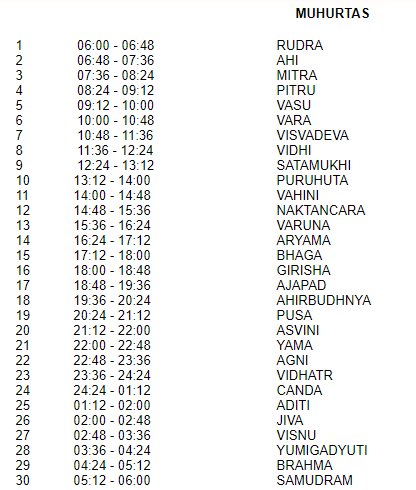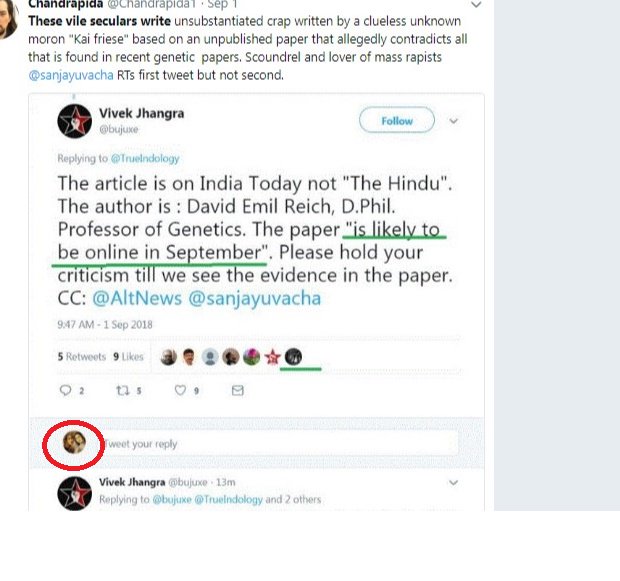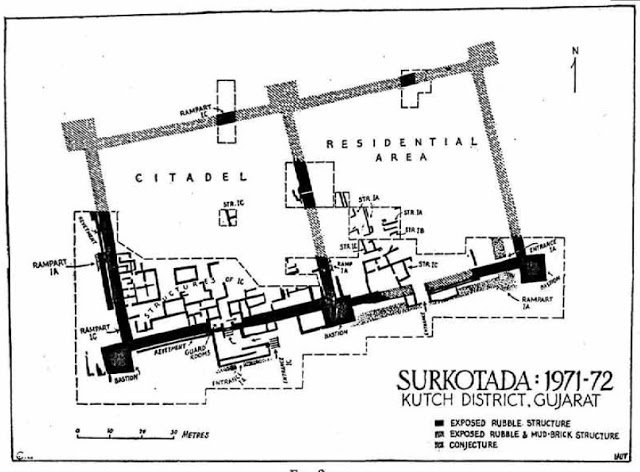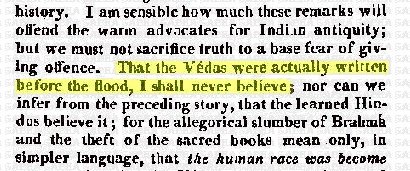Once upon a time, long before the British, we had our own Vedic system of time keeping. We had 30 muhurtas in a day. Life was quicker paced, organized and more efficient. Each muhurta had a name too. #missingVedicTimes 

How did the Vedic people measure the muhurta? How was it standardized across the Vedic civilization to prevent regional asynchrony?
By the use of Clepsydras(water clocks) until Vedic mathematics and astronomy was rigorous enough to arrive at horological constants independently.
By the use of Clepsydras(water clocks) until Vedic mathematics and astronomy was rigorous enough to arrive at horological constants independently.
• • •
Missing some Tweet in this thread? You can try to
force a refresh













